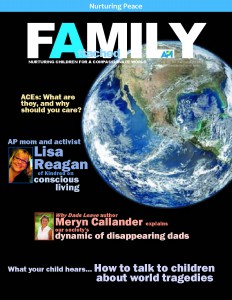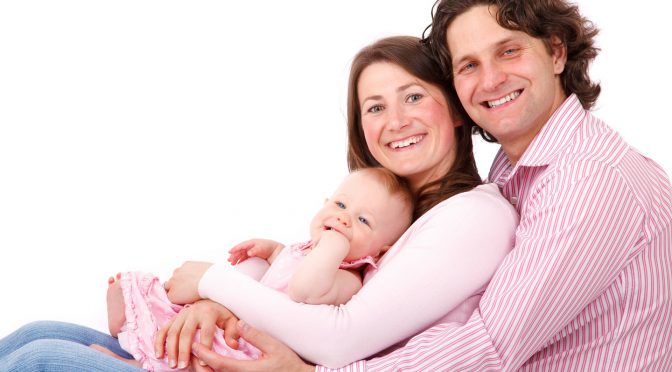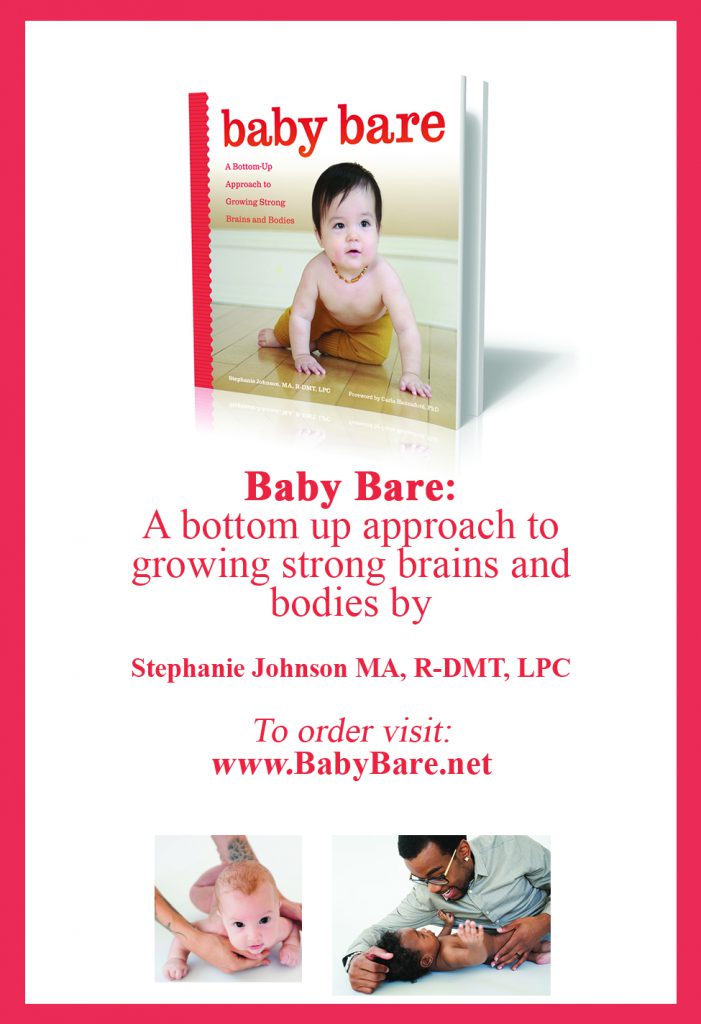Nearly 4 years ago, I became a father. We became a family. The next few lines, you may think, should be “It’s the best thing that has ever happened to me” and “Now I understand the purpose of life,” but in truth, it’s been hard.
David Stimson is a registered therapist, assessor, clinical supervisor, and occasional speaker in England. He the cofounder of Child & Adolescent Therapy Solutions based in the United Kingdom, and has been working with children, adults, and families for more than 14 years. After qualifying as a child and adolescent therapist, he began a journey to gain as much information as possible about how to understand how people think and feel, and what motivates us to feel and behave in the way we do. This journey steered David into further training in attachment science, the EMDR and NLP trauma therapy approaches, clinical assessments, and dissociation. He blogs at Helping Folk.
My little girl is now my world, and she’s given me the privilege to witness love and attachment develop from the inside-out. With a sly smile on my face, I can happily write that my world is now very colorful and my energy much less!
The reason I reflect on my experiences is because it’s important that you understand that — although I am a “professional” and have “read all the books” — parenting has been extremely challenging and emotionally demanding for me. Everything in the books has not always worked and is sometimes impractical. Some so-called parenting guidance is frighteningly outdated, and some of it is, to be frank, destructive.
The Undereducation of Attachment
The basis of human nature is attachment. Without attachment, we simply do not survive as a species. Attachment is a major factor and influence in all of our relationships, trust, self-worth, and world-view.
If you ever catch my presentations, I often reflect on the time just before my daughter was born. We attended an organized visit to the hospital alongside many other parents to-be and had the opportunity to see the wards, ask questions, and get some information about the delivery experience. Although it was useful to see the place and be able to visualize how the big day might unfold, I saw the event as a missed opportunity to help many soon-to-be parents understand some basic fundamentals of child development.
While the word, “bonding,” was used twice — in regards to “breast is best” and immediate skin-to-skin contact between parents and a newborn — the word, “attachment,” was mentioned not once!
Throughout the years of working with adults, parents, children, social workers, school staff, and others, I have come to the conclusion that attachment and the parent-child relationship is one of those taboo subjects that we dare not comment upon due to the risk of upsetting or offending someone.
Possibly even more emotionally provocative, we are highly resistant toward looking at our own early experiences and how our own parent-child relationships have been, or still are. Valuable questions all parents must ask themselves are:
- How have my early attachment experiences influenced my sense of who I am, what I believe, and why I do what I do?
- How have my early attachment experiences influenced the way I parent and respond to my children?
- How will my children experience their world though me, and then pass this information onto their children when the day comes?
What’s the Big Deal About Attachment?
Attachment is complex and comes in different “styles” that fall into 2 basic categories: secure and insecure. Attachment security is not guaranteed, very easily compromised, and widely misunderstood. There is no universal parenting course on attachment, yet there is a “pass it on” effect for both security and insecurity within ourselves and those to whom we are closest.
As babies, we are all born premature — we can only mature so much in utero in that we have big skulls to hold our big brains, and if we grew much bigger, we’d be too large to escape our mothers’ wombs. Unlike many other mammals, we are pretty useless once born. Due to our “prematurity,” we can’t stand, walk, run, or hide if a hungry predator should pay a visit. We absolutely must depend on the others around us for protection and security. Without this protection, we are lunch. This is why we attach to our primary caregiver, our mother.
In order for attachment safety to become internalized and “secure,” we must — as parents — meet the needs of our young children as consistently as possible.
Without consistent and repetitive reinforcement that our needs will be met, attachment security is unlikely to occur. Signs of insecure attachment in young children:
- Inability to settle, overly demanding, hyperactive, and/or clingy behavior;
- Controlling behaviors;
- Anxious behaviors;
- Anger, aggression, and poor self-regulation;
- Avoidant/distant behaviors, such as not seeking comfort from parents when upset/hurt;
- Distress at parental separation but not comforted by parents’ return;
- May have no preference between parents or strangers.
Society’s Barriers to Secure Attachment
An eye-wateringly high proportion of children within our society are not securely attached to their primary caregiver. The reason for this, in my opinion, is that the modern capitalist world is simply not designed to support the needs of young children and their parents. We live in a world where work, economy, adult needs and careers, shortcuts, and convenience trumps the neurobiological needs of our future generation.
Parent-child attachment is a process that starts pre-birth and is not secured until approximately the age of 3 — yes, 3!
Rarely is a mother supported to take the necessary time from work in order to help establish the consistent, repetitive experiences our children need to establish attachment security. Within the United Kingdom, mothers are usually expected to return to work within 1 year — if their lucky — with many returning at 6 months and some much sooner, even within weeks of the child being born. This makes for a confusing and complicated dilemma for a child who will actively seek his or her mother for nurture and comfort. Although a young child can clearly survive without the mother being with him or her round-the-clock, it does come at a price and this price is often attachment security.
Equally important is that a mother is not only physically available to her child, but she must also be emotionally available. Many of our new moms and dads feel unsupported, lost, and may struggle with postnatal issues, including the under-recognized postnatal post-traumatic stress from the birth experience itself.
As a result, insecurely attached children fill our schools, nurseries, and playgroups. Yet, it seems that very few of us are either able or willing to recognize this.
Total Dependence Must Come Before Healthy Independence
Despite what we might like to think, we humans are not totally independent, self-focused, and “individual” creatures. We rely on each other and have needed to do so for our species’ survival.
Young babies cannot “learn” to self-soothe, and in order for healthy independence, we must first master total dependence. This dependence allows us to internalize that the world is safe, our needs will be met, and that other people are available to us. If we can master these basics, then we can carry this information into adulthood and repeat them with our friends, our relationships, and our families.
Further Reading:
 From the Nurturing Peace issue of Attached Family:
From the Nurturing Peace issue of Attached Family:
- “Creating a Secure Attachment in the Adopted Child” by Robert Allan Hafetz, MS, MFT


